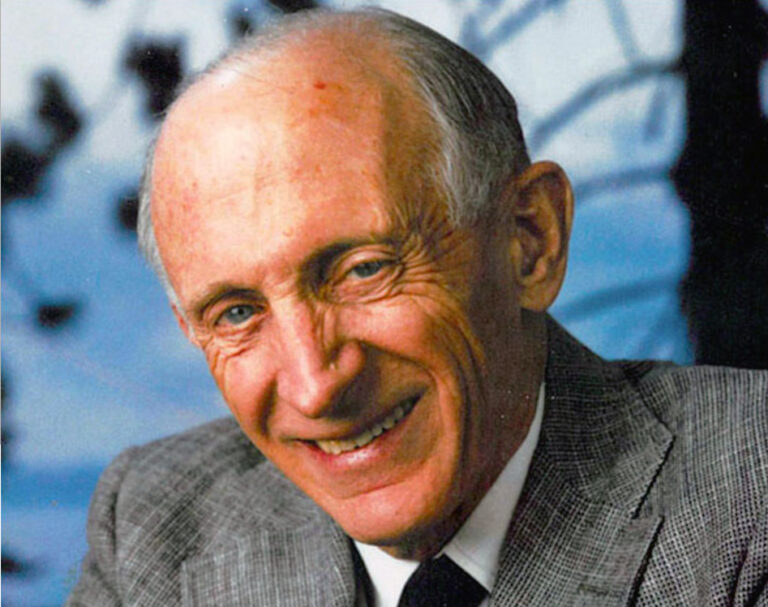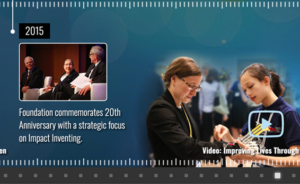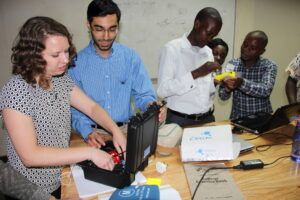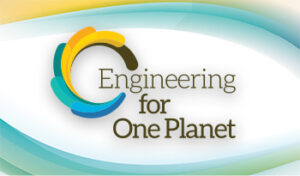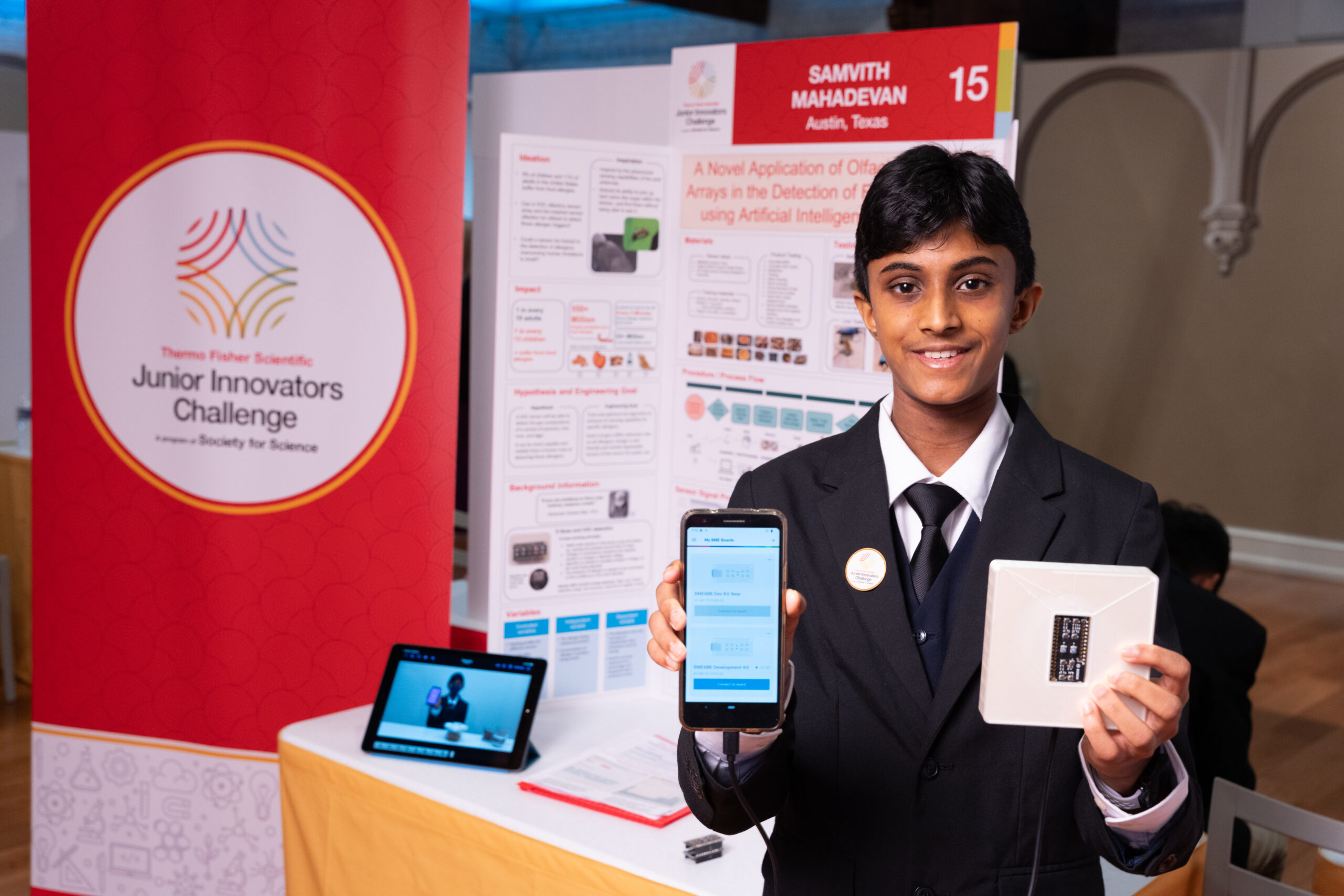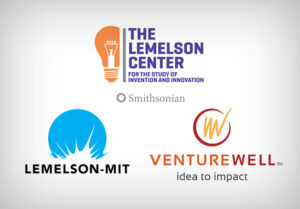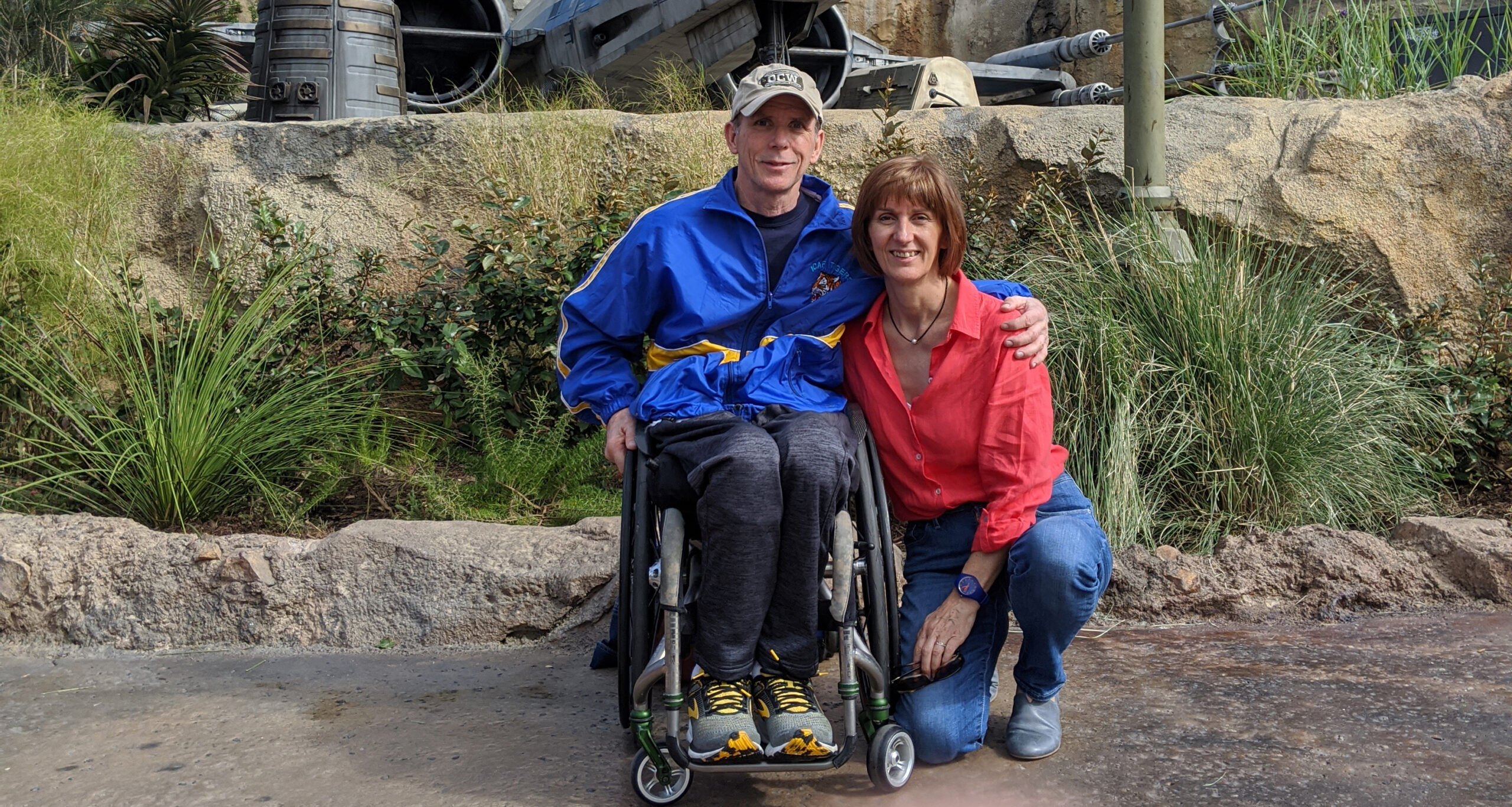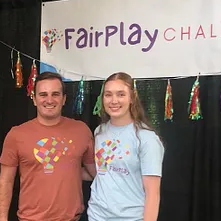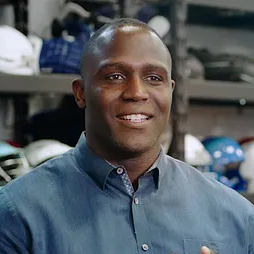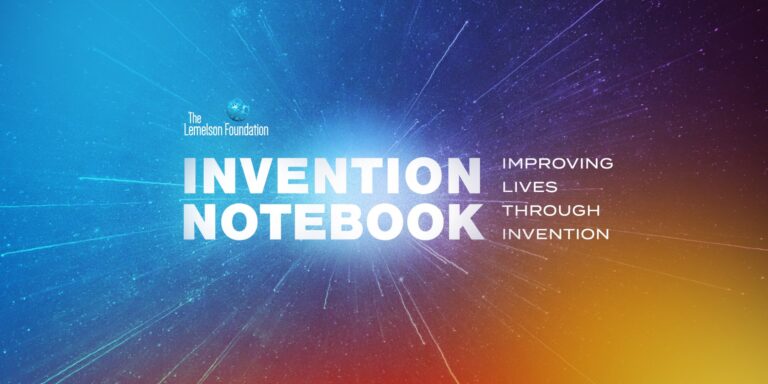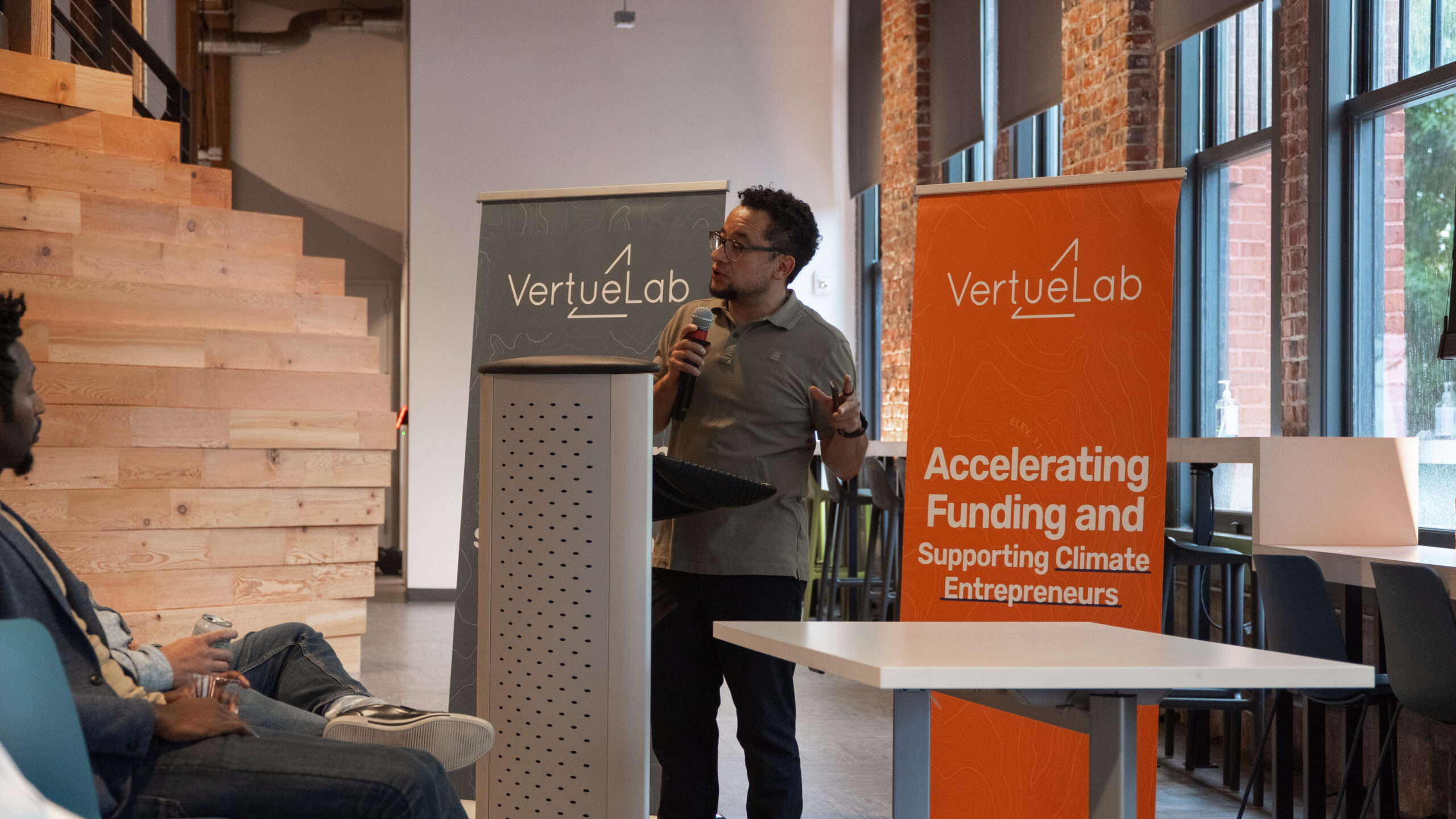Resource Constraints Demand Smarter Approaches to Invention

min read

The best inventions will be those that deliver the most value while consuming the fewest resources.
April 22 saw hundreds of thousands assemble in Washington, DC and dozens of other cities nationwide to celebrate Earth Day with a first-ever March for Science. One week later, Americans again took to the streets to mark President Trump’s 100th day in office with marches centered on climate change and the need to reduce the pressure on our stressed and overheated planet.
The Lemelson Foundation is grateful to all who made their voices heard on these issues. Like these science and climate activists, we recognize that we live in an increasingly constrained and crowded world — one where natural resources in the closed system that is our planet are being consumed at unprecedented rates, global population will surpass 9.5 billion by 2050, and the window for making a difference is closing quickly.
The best inventors, inventions, and associated businesses will be those who can figure out how to deliver the most value while consuming the fewest resources.
Because the Foundation is committed to improving lives through invention, our grant-making is focused on supporting inventors and inventions that will have positive social impact. But sometimes inventions created to address one set of problems today can inadvertently cause a new and different set of problems tomorrow.
Since the early 1970s humanity has been demanding more from the planet than it can renew. A few representative facts illustrate the breadth of this problem:
- By 2025, 1.8 billion people will be living in countries or regions with absolute water scarcity. (Source: United Nations Food and Agriculture Organization)
- Every year we extract 55 billion tons of biomass, fossil energy, metal and minerals from the earth. This is almost 10 tons for every person in the world. And for people in the western world this number is much higher. (Source: The Organization for Economic Cooperation and Development)
- At today’s level of consumption, the average newborn infant will need a lifetime supply of 854 pounds of lead, 776 pounds of zinc, 1,319 pounds of copper, 32,980 pounds of iron, 21,418 pounds of clays, 31,040 pounds of salt, and 1.71 million pounds of stone, sand, gravel, and 72,994 pounds of cement. (Source: U.S. Geological Survey)
- More than 2.12 billion tons of waste is dumped worldwide each year — and 99 percent of what we buy is trashed within six months time. If all this waste was put on trucks and lined end-to-end, they would circle the Earth 24 times. (Source: United Nations Yearbook 2009.)
In this context — where demands continue to rise while resources remain finite — the best inventors, inventions, and associated businesses will be those who can figure out how to deliver the most value while consuming the fewest resources.
This is a big part of what drives the Foundation’s commitment to environmentally responsible inventing. But what exactly does the term “environmental responsibility” mean in an invention context?
To us, an environmentally responsible invention can come from any sector. It’s not just a term used to describe breakthroughs in renewable energy or technologies for purifying unsafe water. Rather, it is a way to describe any invention that has the smallest environmental footprint possible — from the way a product is conceived and prototyped, to the materials sourced in its production, to the end of its life-cycle and how its component parts ultimately break down.
Our goal is reduce the negative environmental impacts at each step in the process. That’s why we encourage sustainable design and production when it comes to invention — an approach where inventor-entrepreneurs consider all reasonable options for materials and make informed process decisions that are guided by the principles of ecological sustainability. It is also why we believe the businesses that deliver these products should consider the full value that can be captured from the resources used, start to finish.
In that spirit, we recently wrapped up a two-year exploratory grantmaking process which we informally dubbed “inventing green.” The idea was pretty straightforward: Provide support for trusted partners to test new ways of “greening” the invention process at all levels (from the classroom to the boardroom) then share those learnings with the field. The early results are quite encouraging, as illustrated by these examples:
- The Smithsonian Lemelson Center for the Study of Invention and Innovation has begun integrating stories of environmental responsibility into their exhibits to inspire with what is possible. They’ve also begun introducing Spark!Lab activities where students of all ages can engage in hands on learning focused on topics like upcycling e-waste, expanding renewable energy, and mastering principles of regenerative building design.
- VentureWell has already developed a suite of inventing green resources for innovators, including a Toolkit for Sustainable Design, which it hopes will “enable all innovators to consider the sustainability implications of their innovations in ways that might enable the creation of more robust ventures in the long-run.”
- The Aspen Network of Development Entrepreneurs conducted roundtable meetings in five developing countries to identify challenges and opportunities in promoting environmental responsibility for invention-based enterprises in emerging markets. The “Impact Inventing: Going Green” report recommends how funders and business might help green invention-based businesses grow, while suggesting ways the entrepreneurial ecosystem might better meet the unique needs of sustainable inventors.
These examples show what’s possible when it comes to fostering environmentally responsible, invention-based thinking. But they are only the beginning.
Our board recently pledged that within the next five years all of the programs the Foundation supports will reflect environmental responsibility in their work. As a result we plan to work closely with dozens of grantees and partners to transform how inventors at every level think about protecting the planet as deeply and systematically as possible, and how this will translate into the most exciting businesses of tomorrow.
Our goal is to inspire and inform the field with stories of environmentally responsible inventing and invention-based businesses. We look forward to working with educators to integrate principles of sustainable design and systems thinking into invention education. And we will continue to provide the support emerging inventors need to make informed decisions as they build their products and businesses to deliver impact that changes people’s lives, capturing the opportunity for environmentally savvy businesses of the future
So check back often for essays that further illuminate the challenges we face, profiles of trend setters who are making a difference, and tips on how to embed the values of environmental responsibility into your own invention practice.

Important Disclaimer: The content on this page may include links to publicly available information from third-party organizations. In most cases, linked websites are not owned or controlled in any way by the Foundation, and the Foundation therefore has no involvement with the content on such sites. These sites may, however, contain additional information about the subject matter of this article. By clicking on any of the links contained herein, you agree to be directed to an external website, and you acknowledge and agree that the Foundation shall not be held responsible or accountable for any information contained on such site. Please note that the Foundation does not monitor any of the websites linked herein and does not review, endorse, or approve any information posted on any such sites.

